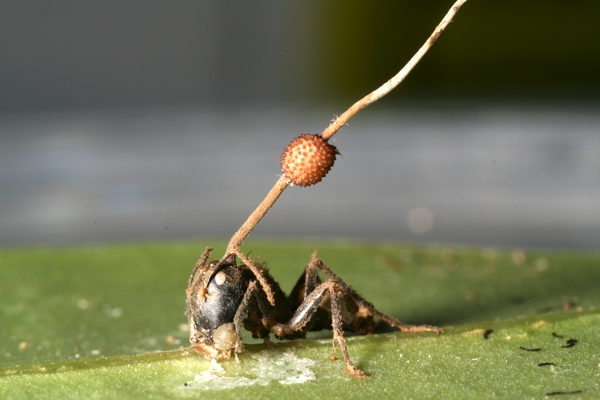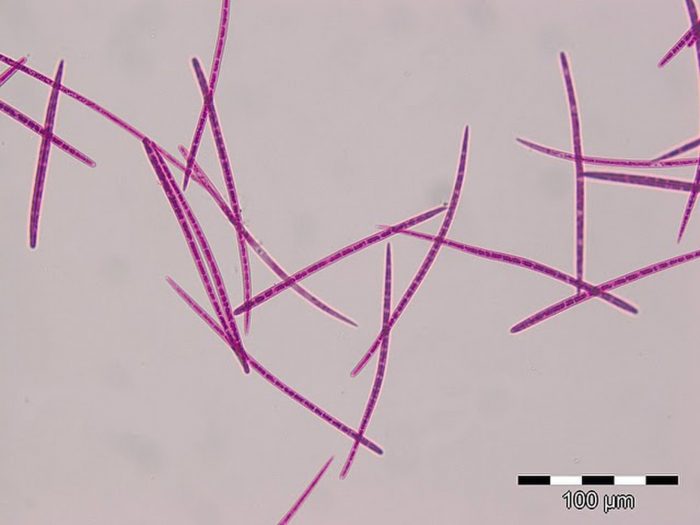All About Zombie Fungus
First introduced to the world at large by David Attenborough on the BBC’s Planet Earth Ophiocordyceps Unilateralis is better known as the Zombie Fungus. An insect-pathogenizing fungus discovered in 1859, O. Unilateralis thrives primarily in tropical rain forest environments.
Targeting and infecting the ants of the Camponotini tribe, O. Unilateralis causes infected ants to leave their nests and leads them to the warm, humid forest floor–the ideal conditions for growth. The infected ants then use their mandibles to attach themselves to the thick major vein of a leaf where they will stay until they die. The entire process can take anywhere from four to ten days including the fungus’ reproductive stage where the fungal bodies spout forth from the ant’s head where they then burst, releasing their spores.
How it works
The spores of O. Unilateralis attach themselves to the ants’ exoskeleton, eventually permeating it through the implementation of mechanical pressure and enzymes. The yeast stages of the fungus then spread through the ants’ system, presumably creating compounds that affect the circulatory system. The fungus then takes advantage of the ants’ extended phenotype, manipulating the behaviors of the ants.

Impact
O. Unilateralis has been known to devastate entire ant colonies in Thailand and Brasil. As a result, the ants have developed the ability to sense when there is an infected ant in their colony. They then carry the ant out of the nest away from the colony preventing the spores from spreading to the rest of the colony.
Potential
Ophiocordyceps fungus contains various known metabolites. This combined with other structurally substances are being researched as potential medical leads. These include the treatment of immune disorders, hyperglycemia, tumors and more. In addition, certain derivatives are being investigated for their potential as an anti-malaria treatment, pigments for cosmetics and foods, and TB testing.
Fear
The media’s fascination with the Ophiocordyceps fungus has spawned much fear as well as inspiring many a zombie enthusiast who fell that there is some scientific evidence that the Zombie Apocalypse could become a reality.
Most recently, author M.R. Carey used the fungus as the source of the infection for “The Hungries” in his novel The Girl with All the Gifts, now a major motion picture.
For more information on Ophiocordyceps please check out this informative piece by MycoSphere.
Inspired to start learning more about the fascinating world of mycology? Thing you might like to try your hand at the study of mushrooms, molds, and fungus? Visit our shop for everything you need to get started or contact one of our knowledgeable representatives for help.

